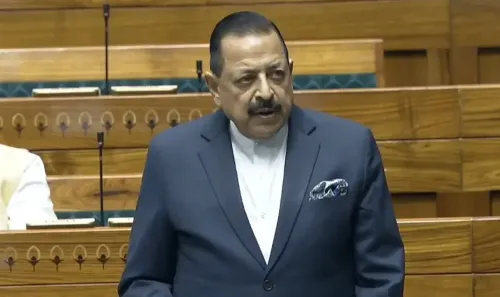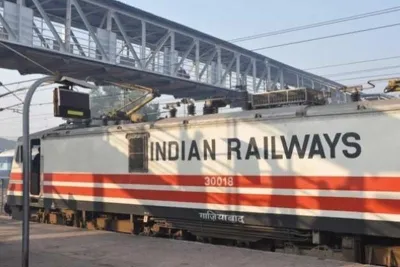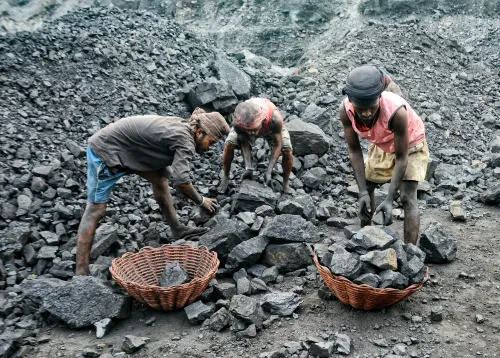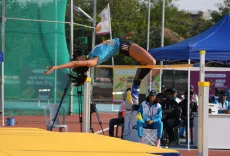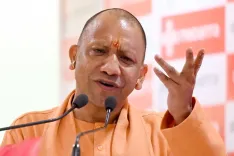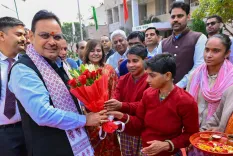How Have Over 2.14 Lakh Gram Panchayats Become Digitally Connected?
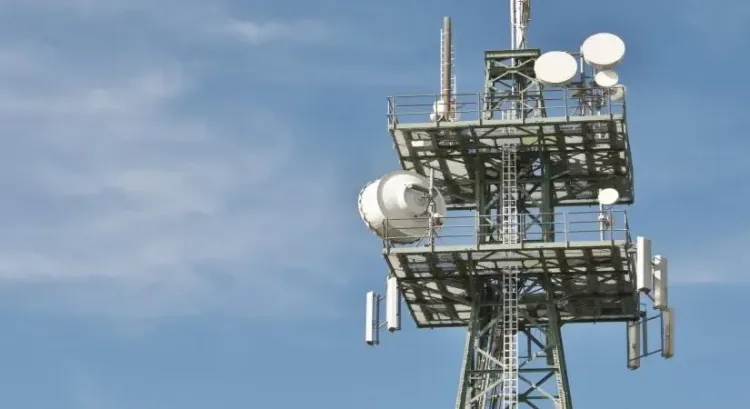
Synopsis
Key Takeaways
- 2,14,325 gram panchayats are now digitally ready under BharatNet.
- 21,748 mobile towers have been commissioned nationwide.
- The 4G mobile services project involves an investment of Rs 26,316 crore.
- Optical fibre projects are enhancing connectivity in remote areas.
- The infrastructure supports multiple broadband services.
New Delhi, Aug 19 (NationPress) To enhance digital connectivity in rural regions, 2,14,325 gram panchayats (GPs) have been rendered service-ready under the BharatNet initiative, as disclosed to Parliament on Tuesday.
As of June, 21,748 mobile towers have been established across the nation through various government-sponsored mobile schemes, according to Union Agriculture Minister Shivraj Singh Chouhan in a written statement to the Lok Sabha.
The initiative aims to saturate 4G mobile services in under-served villages located in remote and challenging areas, with a total investment of Rs 26,316 crore, he noted.
To ensure high-bandwidth internet and mobile services for remote and rural communities, the Department of Telecommunications (DoT) has launched multiple projects.
Current undertakings include significant optical fibre cable projects, like the installation of a submarine optical fibre cable spanning 2,312 km between Chennai and the Andaman and Nicobar Islands, and a 1,869 km submarine OFC connection between the mainland (Kochi) and the Lakshadweep Islands, alongside a 225 km OFC network in Lakshadweep, all enabling the rapid deployment of fixed-line broadband, mobile services (4G/5G), and other high-speed data offerings in these regions.
The infrastructure established through the BharatNet initiative is regarded as a national asset, available on a non-discriminatory basis for service providers, facilitating the delivery of broadband solutions, including Fibre to the Home (FTTH) connections, leased lines, dark fibre, and backhaul for mobile towers, as stated by the minister.
To provide high-speed internet and mobile services to remote and rural locales, various targeted initiatives and projects have been rolled out.
These include the Comprehensive Telecom Development Plan (CTDP) for mobile connectivity in the North Eastern Region, CTDP for Islands (Andaman and Nicobar and Lakshadweep Islands), schemes aimed at mobile services in Left Wing Extremism (LWE) affected regions, mobile service initiatives in Aspirational Districts, provisions for border villages, and the 4G Saturation scheme to ensure mobile coverage in all unserviced villages, among others.


